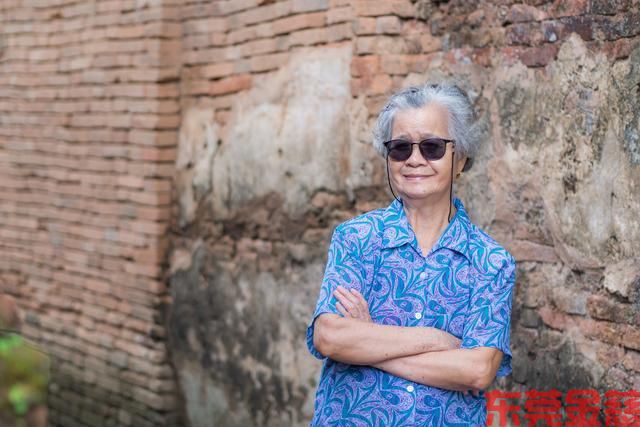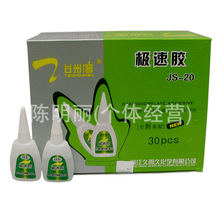當(dāng)前位置:
網(wǎng)站首頁(yè) — 探索教育科技在藝術(shù)教育中的應(yīng)用
探索教育科技在藝術(shù)教育中的應(yīng)用


Title: Exploring the Application of Educational Technology in Art EducationIntroduction:In the realm of education,探索 technology has greatly transformed and revolutionized various disciplines, including art education. The integration of educational technology in art education has opened up new avenues for creativity, learning, and self-expression. This article will delve into the innovative ways in which educational technology is enhancing art education.1. Online Learning Platforms:Educational technology has facilitated the creation of online learning platforms that offer interactive art classes. These platforms provide access to expert instructors and a wide array of art courses, allowing students to learn at their own pace and convenience. Additionally, they often incorporate tools such as virtual galleries, interactive exercises, and portfolio management systems, enriching the learning experience.2. Virtual Reality (VR) and Augmented Reality (AR):VR and AR technologies offer immersive experiences in art education. With VR, students can explore famous art galleries and historical landmarks from the comfort of their own homes, expanding their knowledge and understanding of different art movements. AR allows students to overlay digital content onto real-world objects, enabling them to interact with artworks in an engaging and interactive way.3. Digital Art Creation Tools:Artistic expression has embraced the digital realm through software and applications that enable students to create digital artwork. These tools offer a myriad of options for painting, drawing, and designing, allowing students to experiment and develop their skills in a digital environment. Moreover, digital art creation tools enable collaborative projects, fostering teamwork and creativity among students.4. Online Art Communities:Educational technology has also facilitated the development of online art communities, where students can share their artwork, receive feedback, and engage in discussions with peers and experts. These communities provide a supportive and inclusive environment for artistic growth, encouraging students to showcase their work and gain valuable insights from a diverse range of perspectives.Conclusion:The integration of educational technology in art education has opened up exciting opportunities for students to explore, learn, and create. Online learning platforms, VR/AR technologies, digital art creation tools, and online art communities have enhanced the art education landscape, fostering creativity, critical thinking, and collaboration. As technology continues to evolve, its impact on art education is likely to expand further, empowering future generations of artists and creatives.
友情鏈接